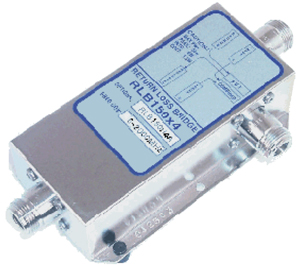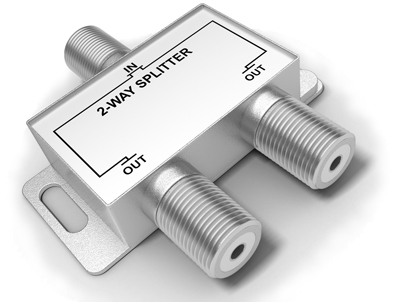Scalar Measurements with a Broadband Noise Generator
By H. Mark Bowers — Broadband noise generators offer a viable alternative to the tracking generator approach. A fairly flat RF output response noise generator can be purchased for several hundred dollars and can be paired with most spectrum analyzers.
Read More






